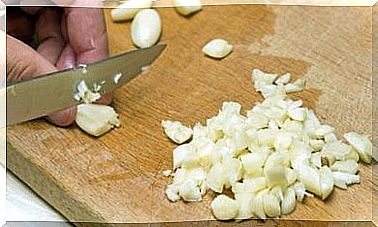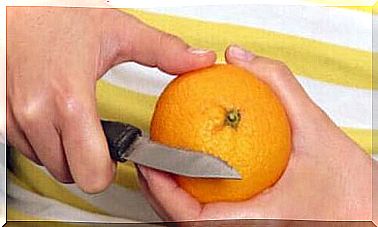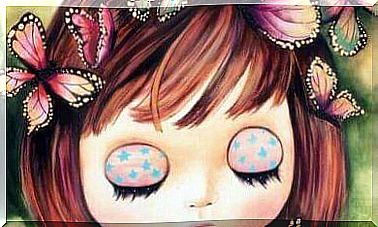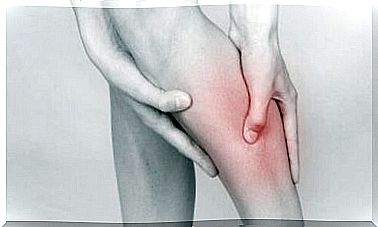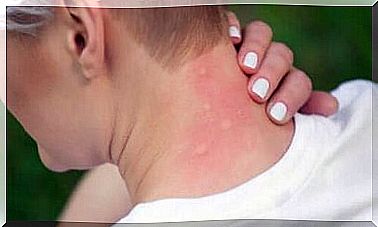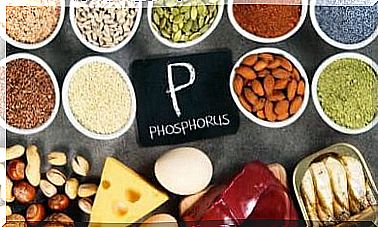Characteristics And Uses Of Parabens
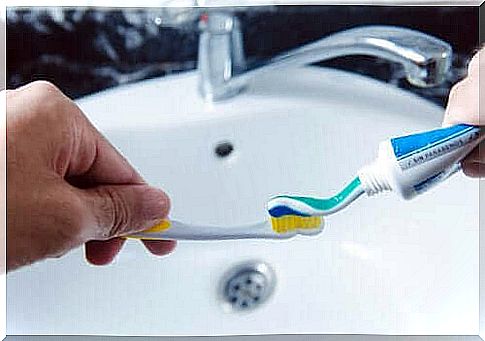
Parabens are chemical preservatives in cosmetics, food and pharmaceuticals. They are very effective in preventing the spread of fungi, bacteria and yeasts. In this way they prevent the proliferation of elements that can contaminate products. Read all about the use of parabens in this article.
As you can read, parabens contribute directly to the quality of products by extending their shelf life. However, this does not mean that these bacteria without parabens would also show up. There are many other possibilities.
These preservatives are derived from para-hydroxybenzoic acid (PHBA), which is naturally produced in the body through the breakdown of some amino acids.
Types of parabens
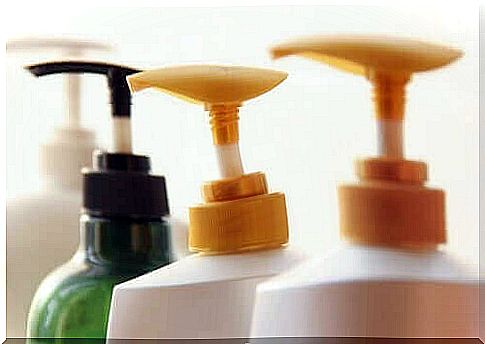
There are two types of parabens, we will describe them below.
Biological
Organic parabens are derivatives of parahydroxybenzoic acid (PHBA), which occurs naturally in many fruits and vegetables. The parabens used in cosmetics are identical to those found in nature. They are therefore quickly converted by the body into natural PHBA and then eliminated.
Synthetic
These parabens are chemical. The group consists of six different preservatives. You see them under names that end in -paraben and their contents are methanol, ethane or propanol.
They are approved by the health authorities who consider them to be low-toxicity and safe for health. They are in fact absorbed and metabolized by the body and they are eliminated without leaving any toxic traces.
What are the uses of parabens?
There are many uses of parabens. They have been used as cosmetic preservatives since 1925, but they are also used in their various forms to preserve baked goods, precooked foods, soft drinks, sauces, and even fresh meats.
They are also part of the composition of various pharmaceutical products, such as cough syrups, antacids, vaginal fungicides and antibiotics. You can also find it in paracetamol and ibuprofen.
They have a preservative and protective function because they help prevent infection with microorganisms such as fungi or bacteria. We can easily identify them by their name on the label:
- methylparaben
- propylparaben
- butylparaben
- benzylparaben
The usual concentration of these parabens is between 0.01 and 0.3%.
What are the effects of parabens?
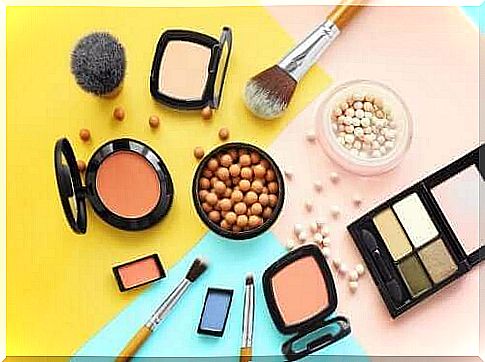
A study came to light between 2002 and 2004, the results of which indicate that parabens may be carcinogenic.
Some oncologists at the University of Edinburgh discovered it while researching cancerous tissue taken from biopsies of women with breast cancer.
They found traces of parabens when analyzing these tissues. They therefore concluded that these may increase the risk of developing tumors and breast cancer.
These preservatives also alter the hormonal balance in the body. In addition, there is an increase in cases of allergic reactions and skin problems, such as:
- redness
- dryness
- inflammation
- itch
- pain
Several studies also concluded that the intestinal tract absorbs them well and that the urine eliminates them. However, it seems that the removal of parabens from the skin is not that easy or quick.
Because of all these problems, many people opt for natural products that do not contain parabens. For example, ecological cosmetics (Spanish link) use other types of preservatives that are not toxic.
Are parabens safe?
The US Food and Drug Administration (FDA) classified some commonly used parabens as GRAS. This designation means that experts consider the substance to be safe. That is, safe under the conditions of its intended use.
The FDA also participates in the Cosmetic Ingredient Review (CIR). This is an independent group of medical and scientific experts that meet quarterly to evaluate the safety of cosmetic ingredients. They evaluate it based on data published in scientific literature and provided by the cosmetic industry.
Conclusion
Parabens remain a ‘non-toxic’ product and health authorities continue to recommend them. However, studies regarding its long-term effects are continuing around the world. These studies are particularly concerned with its application in cosmetics, deodorants and nail polish for children.
